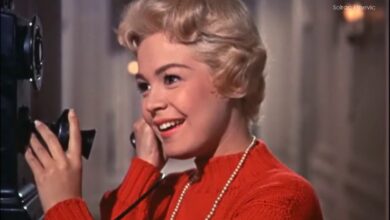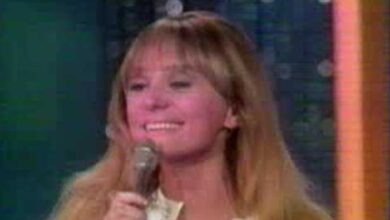Freddie Mercury’s passing in November 1991 left Queen’s future uncertain. Despite a hiatus, the band made a comeback with performances at the Freddie Mercury Tribute Concert in 1992 alongside George Michael, released the album “Made in Heaven” in 1995, and performed “The Show Must Go On” with Elton John in Paris in 1997, after which bassist John Deacon retired. A pivotal moment for Queen was when Brian May teamed up with Paul Rodgers at a Fender Stratocaster 50th anniversary concert in 2004 in London.
Paul Rodgers, known for his work with Free, Bad Company, and The Firm, clicked with May. This connection led to Rodgers joining Queen for their UK Music Hall of Fame induction performance and a subsequent European tour, including Nelson Mandela’s Aids-benefit 46664 concerts in 1985.
A memorable performance by Queen and Paul Rodgers took place at Hyde Park, London, on 15 July 2005, where they covered John Lennon’s “Imagine”. Brian May, Roger Taylor, and Paul Rodgers each sang verses of the song, with May on a 12-string acoustic guitar and Taylor on drums. The arrangement and audience participation lent a poignant touch to the performance.
Comments from fans like Rob J Golde and Nancy Blumberg praised the unique combination of talents, highlighting Rodgers’s enduring vocal prowess and Queen’s legendary status. The performance also served as a tribute following the London bombings on 7 July 2005, though it wasn’t Queen’s first time playing “Imagine”.
Queen previously paid homage to John Lennon at Wembley Arena on 9 December 1980, the day after his murder. The tribute was heartfelt, with the band only learning about Lennon’s death the following morning due to the time difference.
The collaboration between Queen and Paul Rodgers was a creative resurgence for the band post-Mercury, though differences in musical style meant it was not a permanent arrangement. Brian May noted in a 2014 Classic Rock interview that Rodgers’s blues and soul background made him an imperfect fit for Queen, leading to their eventual collaboration with Adam Lambert, whose flamboyant style mirrored Mercury’s more closely.
Rodgers, meanwhile, continued his solo career and other projects, including Bad Company reunions. He ended his collaboration with Queen in 2009 but remained open to future joint efforts. Reflecting on his time with Queen, Rodgers described it as a “wild and crazy ride” filled with global tours and new material, cherishing the friendship and experiences shared.



